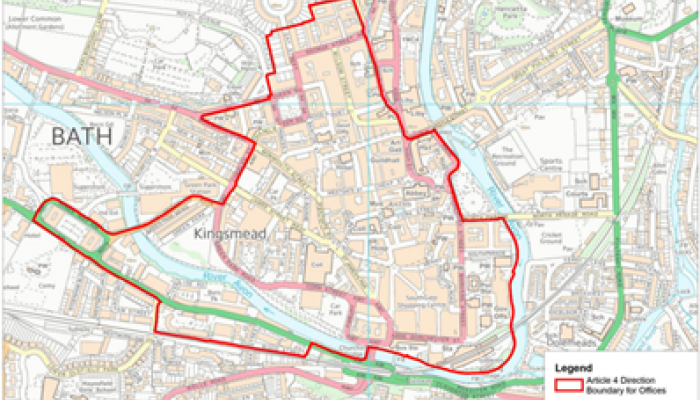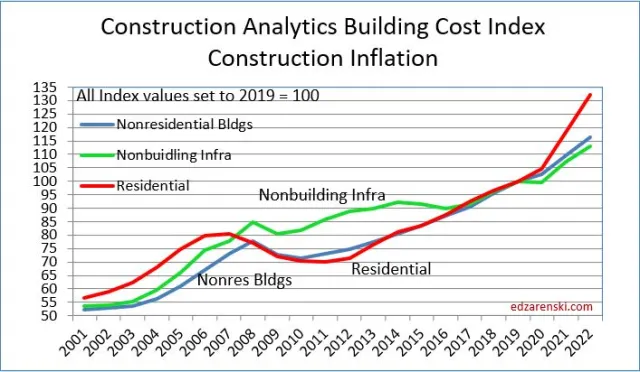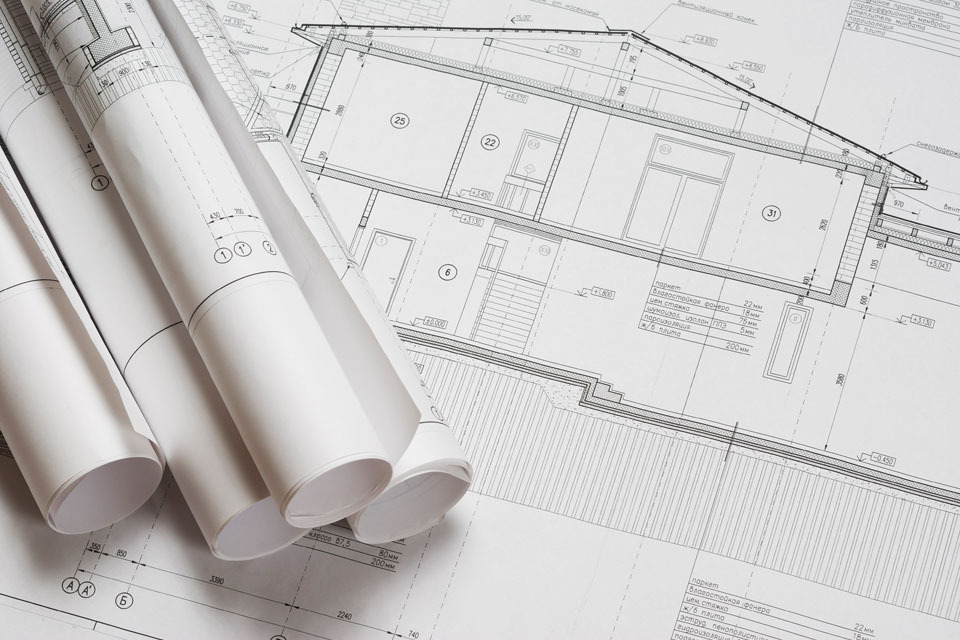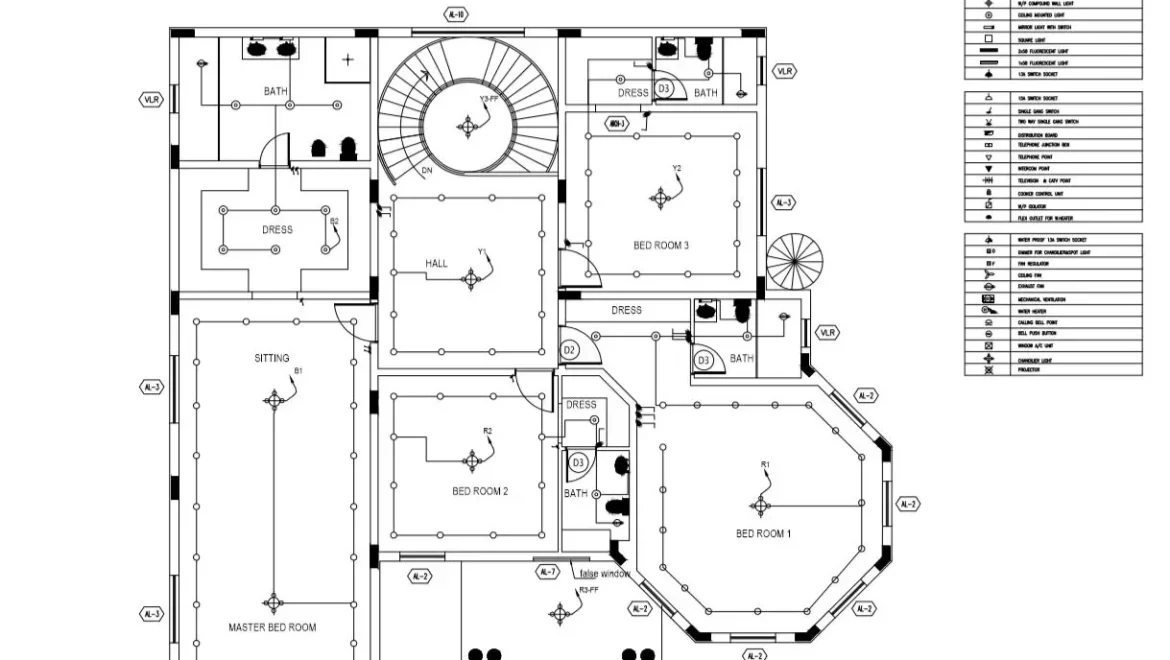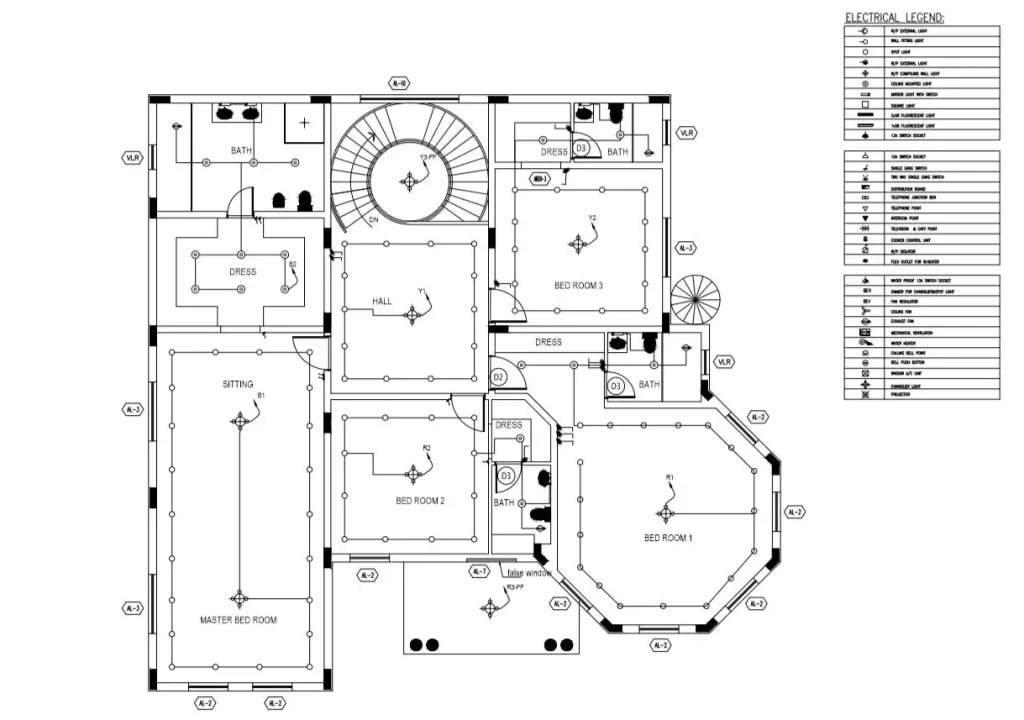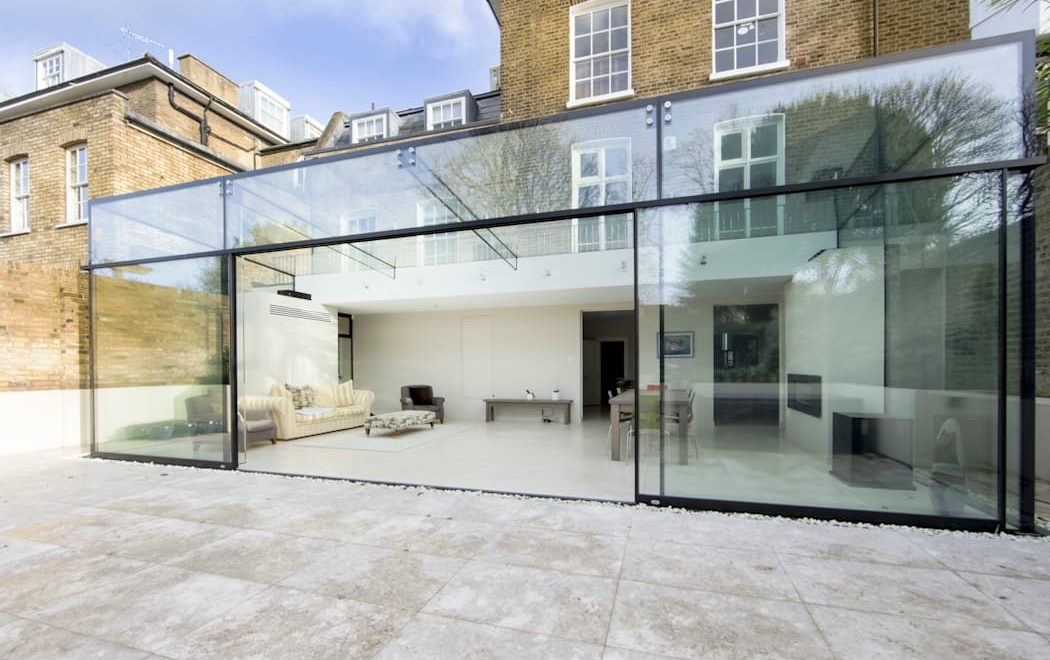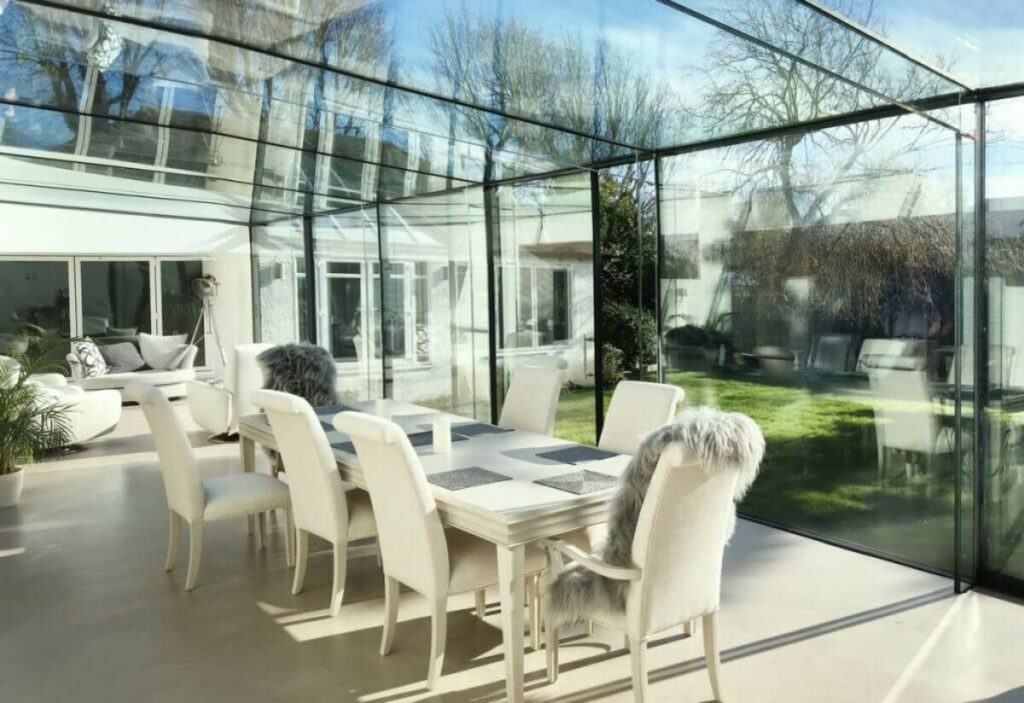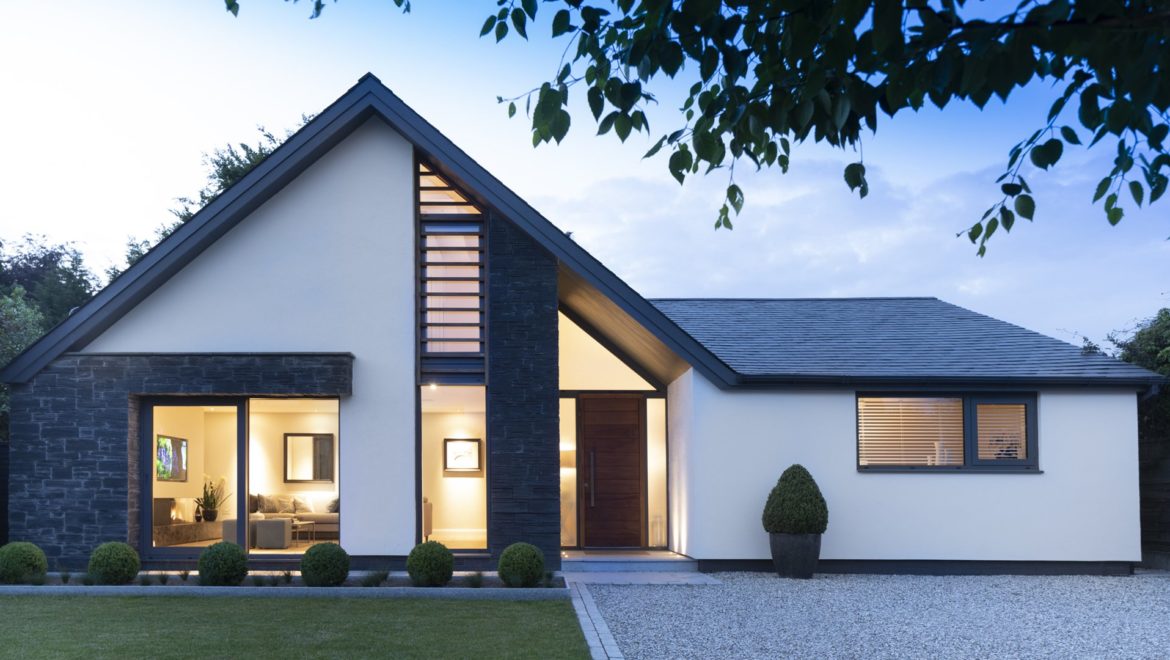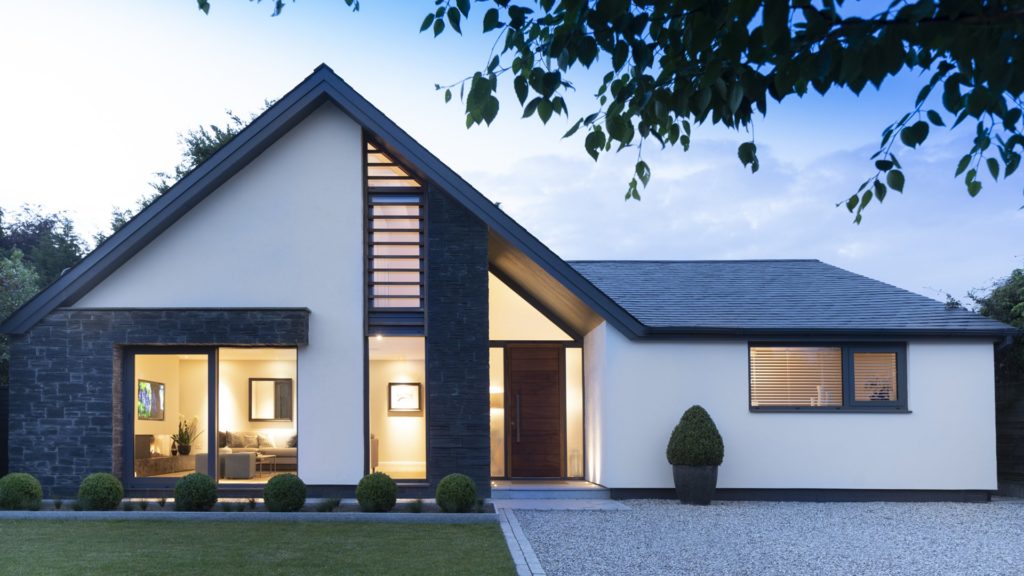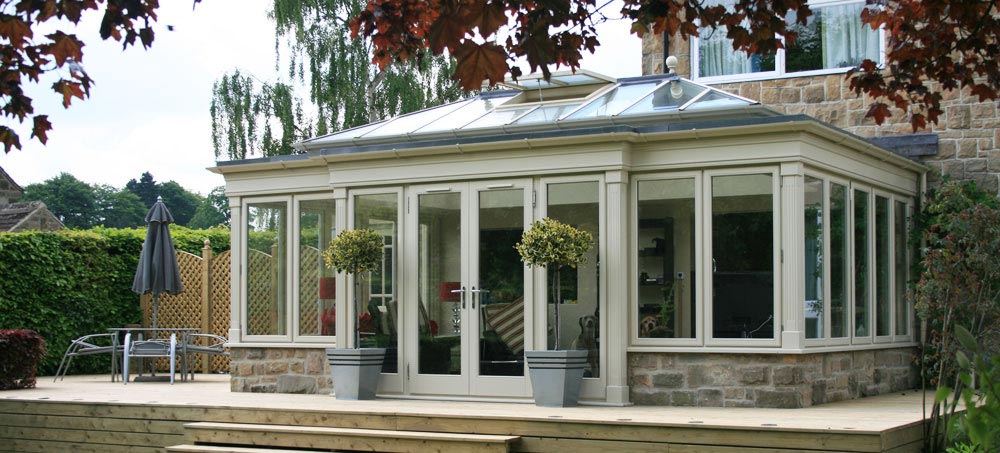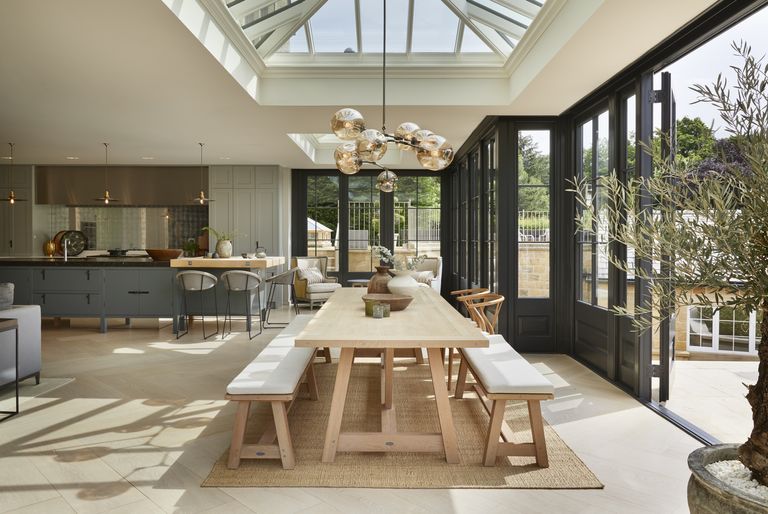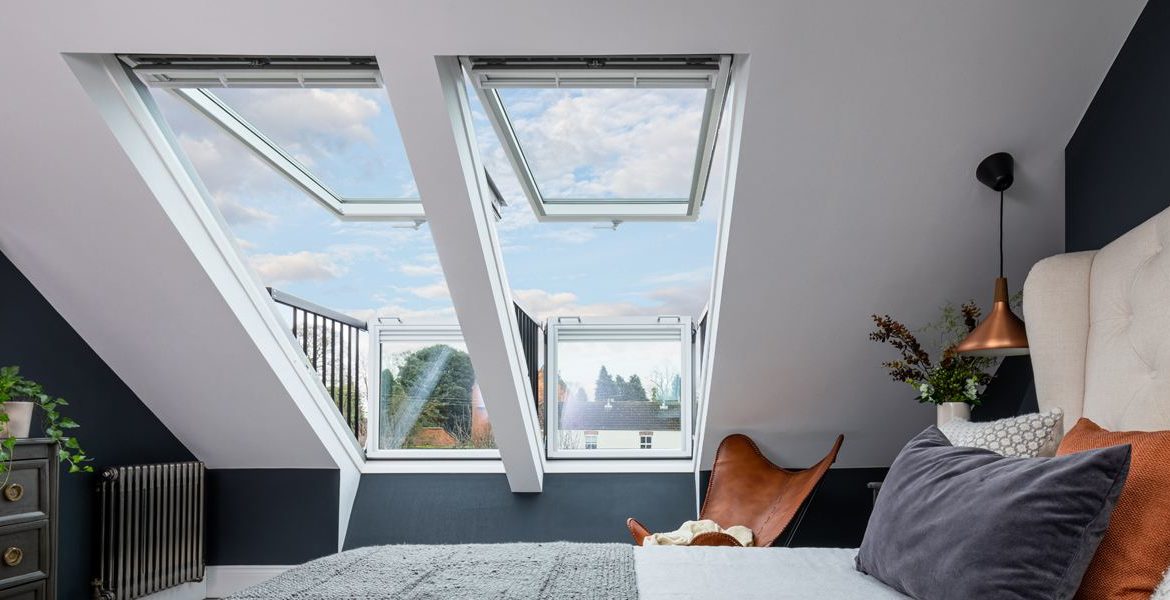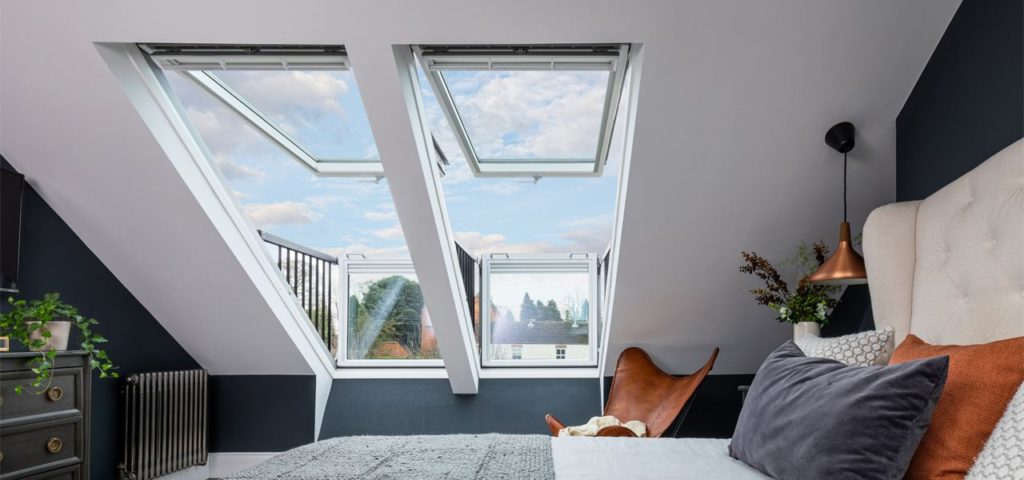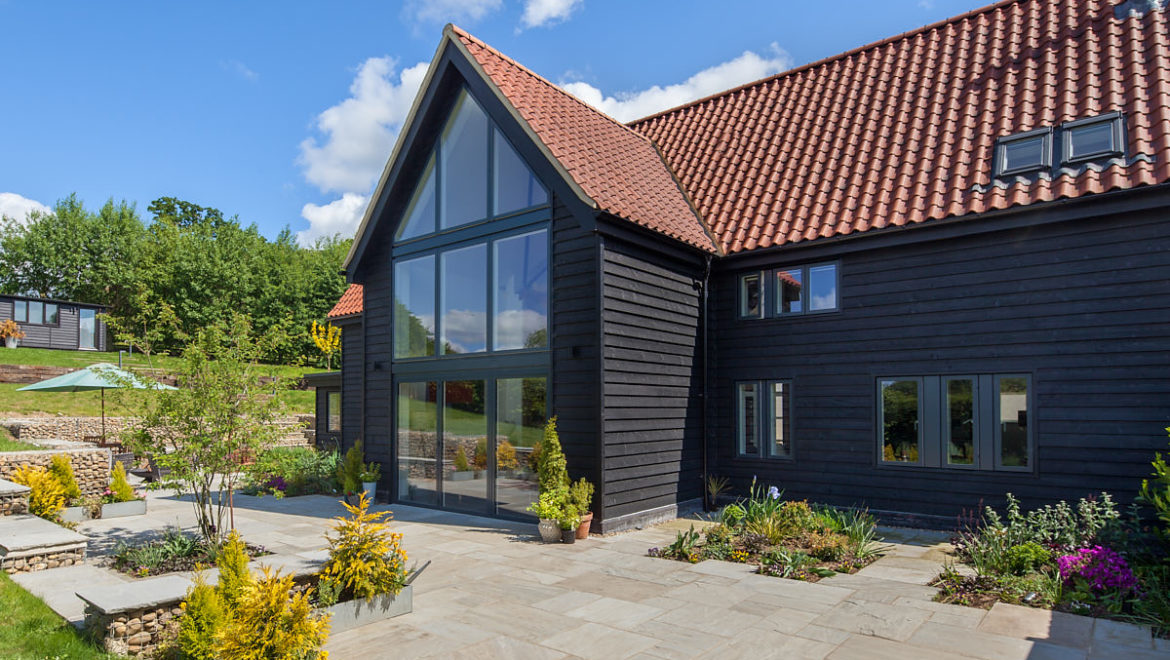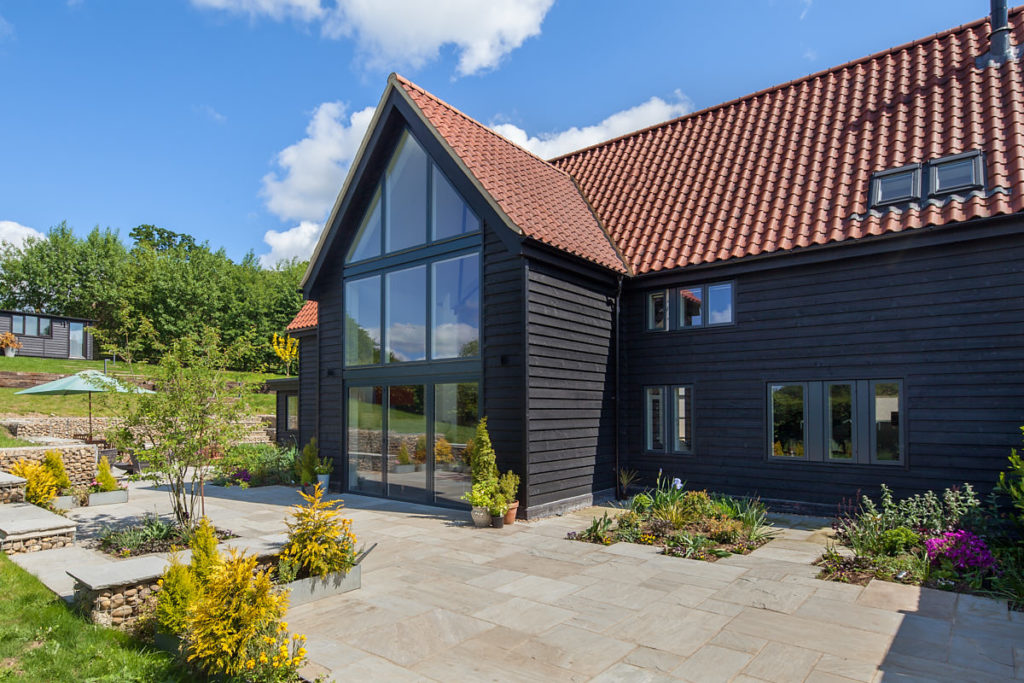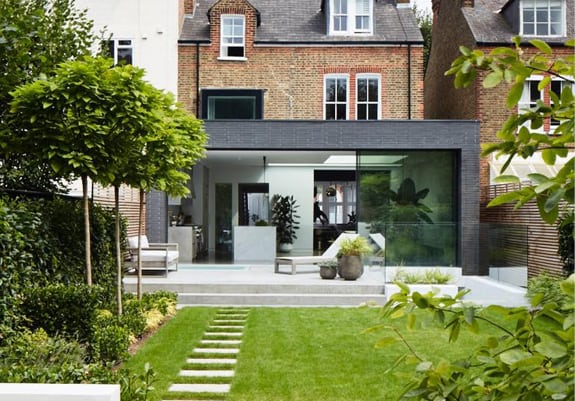Information on what Article 4 direction is, & when its required.
What is an article 4 direction?
Firstly, an article 4 direction is part of planning legislation that allows the council to remove permitted development rights. For example, householders can normally make minor alterations to their houses without requiring planning permission. However, in some areas, the council has removed these “permitted development” rights by making an article 4 Direction.
Restrictions in the directions –
The effect of an article 4 Direction is that planning permission from the council is required for the types of building works.
The restrictions on directions are:
- Extensions
- Alterations such as new windows
- Alterations to the roof
- Porches
- Putting us gates, fences or walls
- Placing caravans on land
- Putting up agricultural buildings on small plots
- Changes of use to houses in multiple occupation
Types of article 4 direction –
Since 1995 there have been three types of direction:
- Directions under article 4 (2) affecting conservation areas. The aim of this direction is to encourage the retention of high-quality architectural features. As well as, to preserve and enhance the character and appearance of the built heritage.
- The directions under article 4 (1) affecting only listed buildings
- Directions under article 4 (1) affecting other land
Do article 4 directions expire?
No, article 4 direction do not expire by themselves. Only the local authority has the right to change or cancel these restrictions. In addition, they can also replace it with a new direction.
History of article 4 –
Furthermore, the 1995 town and country planning (general permitted development) order improved the article 4 process and promised to follow it. So, the government introduced it to control the amount of housing in urban areas and maintain quality.
How to find an article 4 area?
Finally, the easiest way to find an article 4 area is to look at the local authority’s website. Almost all councils include an article 4 map, where you can see which streets and boroughs are within the restrictions.
